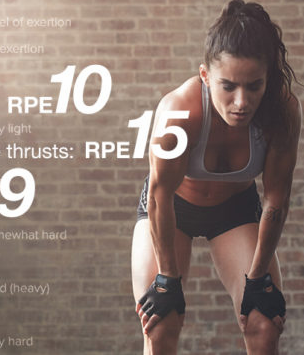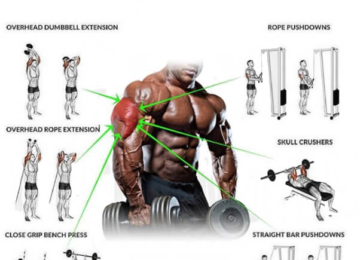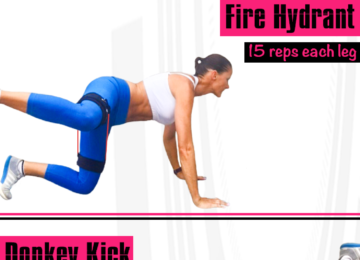Factors Influencing RPE
Heart rate — which can be affected by determinants like age, fitness level, and prescription drugs — is not the only factor in gauging perceived exertion. “The Borg RPE scale is an overall rating of all the signals your body is sending you,” says Helms.
Those signals also include: muscle burn, sweat and respiration rates, ability to speak, and even anticipating the end of an exercise. Taken as a whole, these factors give you a Borg RPE, which can change significantly throughout the course of a single workout.
Let’s say, for example, you’re doing 22-Minute Hard Corps. The light stretches at the beginning of the workout might rate a nine or a 10; the split lunge thrust gets you to 15; and the mountain squat pushes you to 19. Overall, you might rank your “session RPE” — your overall effort level for the workout — a 15 or 16: somewhere between “Hard” and “Very hard.”
Of course, someone else might do the same workout — same reps, tempo, weights, and rest periods — and perceive the workout as harder or easier; his or her effort may also peak at different times.











